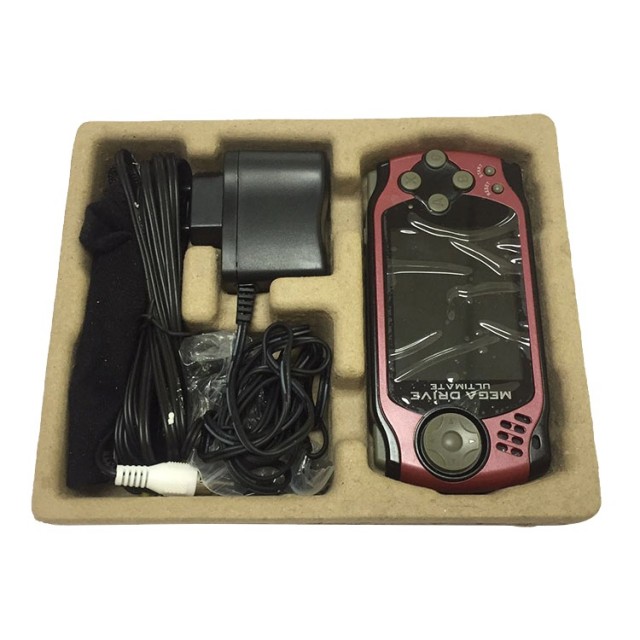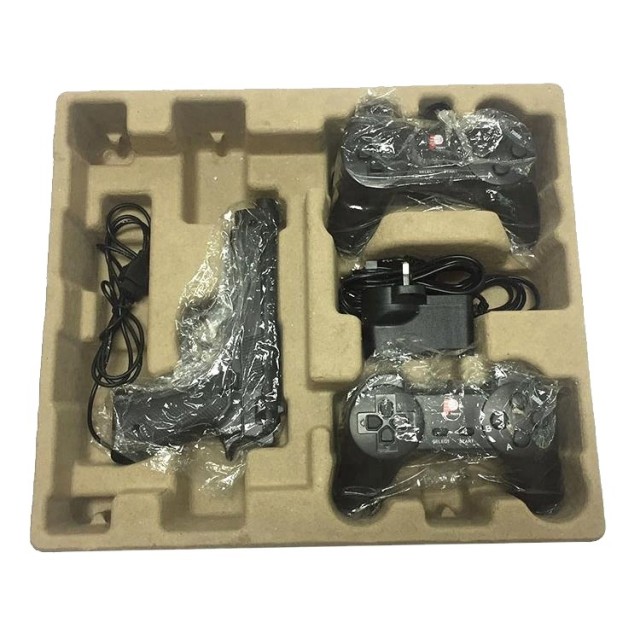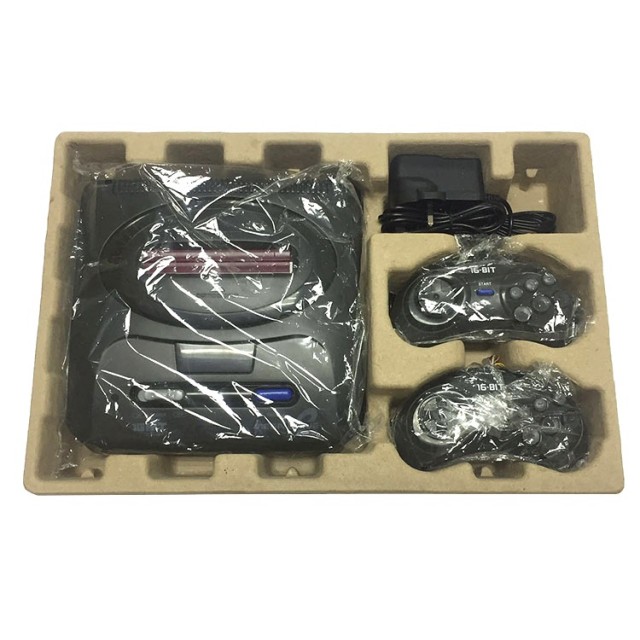As the consumer electronics industry faces growing pressure to reduce environmental impact, more companies are shifting away from traditional plastic-based packaging in favor of sustainable alternatives. One solution gaining remarkable traction is molded pulp packaging—a material once used mainly for egg trays, now being redefined for high-performance applications in tech. Molded pulp packaging is made from recycled paper or natural fibers and shaped to fit products with precision. It is biodegradable, compostable, and recyclable, offering an eco-friendly alternative to plastic clamshells and foam inserts. This evolution reflects not just a change in materials but a broader shift in values across the global electronics sector.

A Shift Toward Sustainable Packaging
Consumers today are more aware of environmental issues than ever before. They expect electronics brands to deliver not only innovative products but also responsible packaging. This change in behavior has prompted manufacturers to reevaluate their supply chains and packaging strategies.Governments are also tightening regulations. In regions such as the European Union and parts of North America, the use of single-use plastics is increasingly restricted. Molded pulp packaging meets these new standards without compromising on performance or presentation.

Advantages of Molded Pulp in Electronics
Molded pulp packaging offers several advantages that make it ideal for consumer electronics:
1. Precision Protection
Modern electronics are fragile, often containing glass screens, delicate sensors, and compact circuit boards. Molded pulp trays can be custom-formed to cradle devices, offering strong cushioning and vibration resistance. Whether it’s a smartphone or a smartwatch, molded pulp can provide tailored protection during shipping and handling.
2. Aesthetic and Premium Appeal
Contrary to the misconception that sustainable packaging looks “cheap,” today’s molded pulp solutions can be crafted with clean lines, smooth finishes, and even embossed logos. This makes them highly suitable for premium devices, where visual appeal and unboxing experience matter as much as function.
3. Lightweight and Cost-Effective
Compared to traditional packaging made from plastic or metal, molded pulp is lighter, reducing overall shipping costs. Once the tooling is created, the production cost per unit remains low, especially at scale.
4. Thermal and Environmental Resilience
Consumer electronics may travel long distances in varying conditions. Molded pulp has natural insulation properties and performs well across a wide temperature range, ensuring devices remain stable during transit.

Real-World Applications in Consumer Electronics
Many top-tier electronics brands have already started incorporating molded pulp packaging into their product lines. From smartphones and tablets to wireless earbuds and wearables, molded fiber trays are becoming standard in eco-conscious packaging strategies. For instance, smartphone makers now use molded pulp inserts instead of foam or plastic trays to hold phones and accessories in place. Laptop manufacturers are replacing plastic shell packaging with molded trays that hold both the device and its power supply securely. Even small accessories like chargers, cables, and headphones benefit from form-fitting pulp holders that reduce movement and prevent damage.
Meeting Brand and Regulatory Demands
Tech companies operate in a highly competitive and highly visible market. Reputation and sustainability go hand-in-hand. Molded pulp allows brands to align with their corporate environmental goals, improve ESG scores, and meet the expectations of modern, sustainability-minded consumers. It also helps with compliance. As governments introduce bans or taxes on non-recyclable materials, using molded pulp ensures packaging is future-proof and aligned with upcoming regulations.

Challenges to Overcome
While molded pulp packaging has many advantages, it’s not without limitations. Creating high-precision molds requires investment, and the material may not suit every type of product. Extremely complex electronics with many components may require multi-layer packaging, which increases design complexity. Also, although smooth finishes are possible, they may require additional processing, which could slightly increase cost or production time. However, with advances in manufacturing technology, these challenges are being addressed quickly, allowing more electronics brands to adopt molded pulp without compromise.

The Future of Sustainable Packaging in Electronics
With consumers demanding greener options and regulations tightening around plastic waste, molded pulp packaging is set to become a standard choice for electronics brands worldwide. Innovation continues to push the boundaries of what molded fiber can do—from integrating RFID tags to enhancing water resistance and printability. As brands look to stand out not just in product quality but also in sustainability leadership, molded pulp offers an opportunity to lead with both purpose and performance.
Conclusion:
Molded pulp packaging is no longer a niche alternative—it is becoming the new normal for consumer electronics. By adopting it, companies demonstrate a commitment to innovation, environmental responsibility, and premium user experience. In an industry where every detail matters, choosing molded pulp isn’t just a packaging decision—it’s a strategic advantage.
At lvxin, we specialize in high-performance molded pulp packaging tailored for the consumer electronics industry. With years of experience in sustainable packaging solutions, we combine precision engineering with eco-conscious materials to deliver packaging that protects your products and your brand reputation. Our in-house design team ensures customized fit, aesthetic appeal, and cost-efficiency, helping global electronics brands meet both market demands and environmental goals. Choose lvxin—where innovation meets sustainability.

